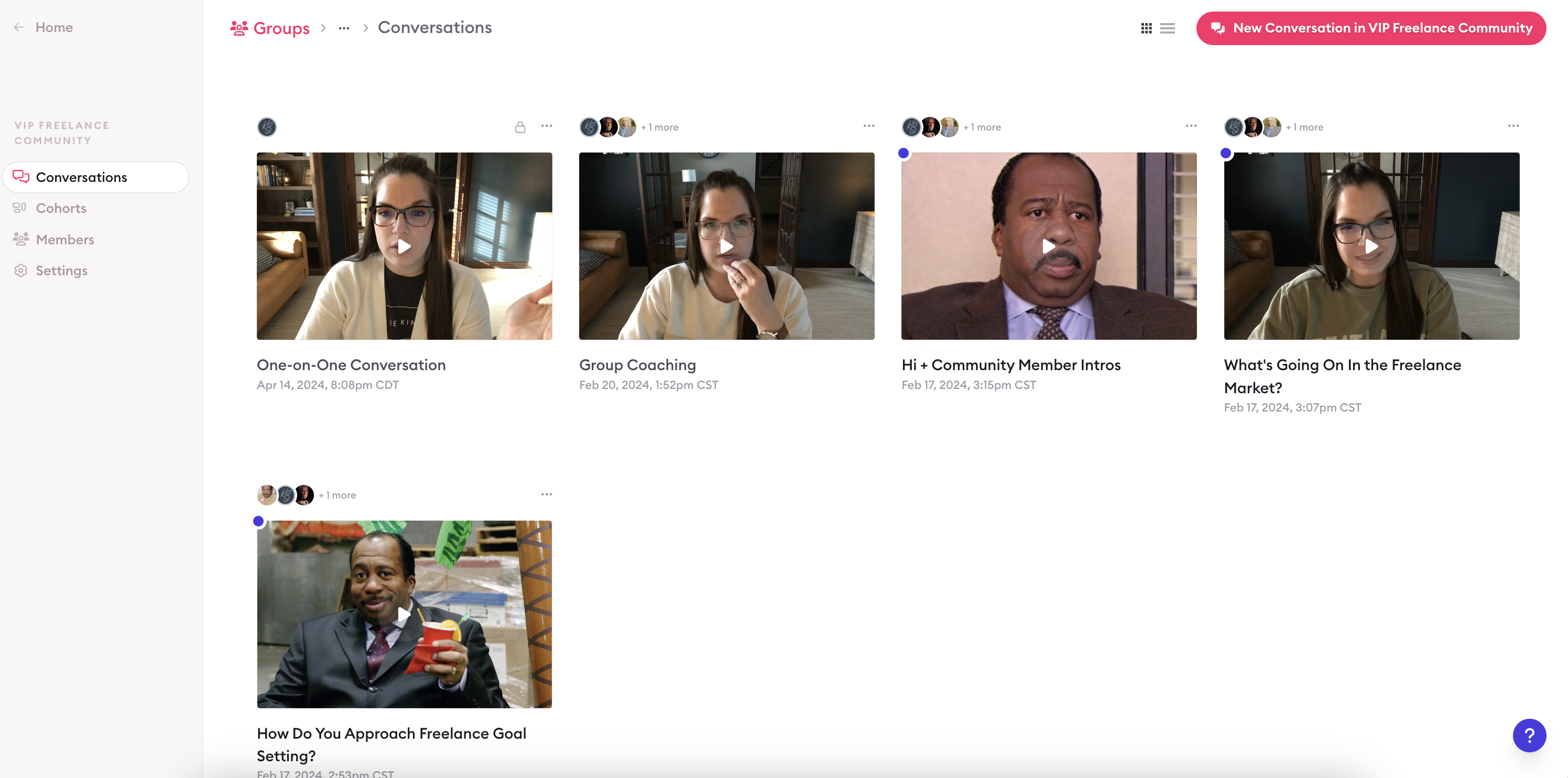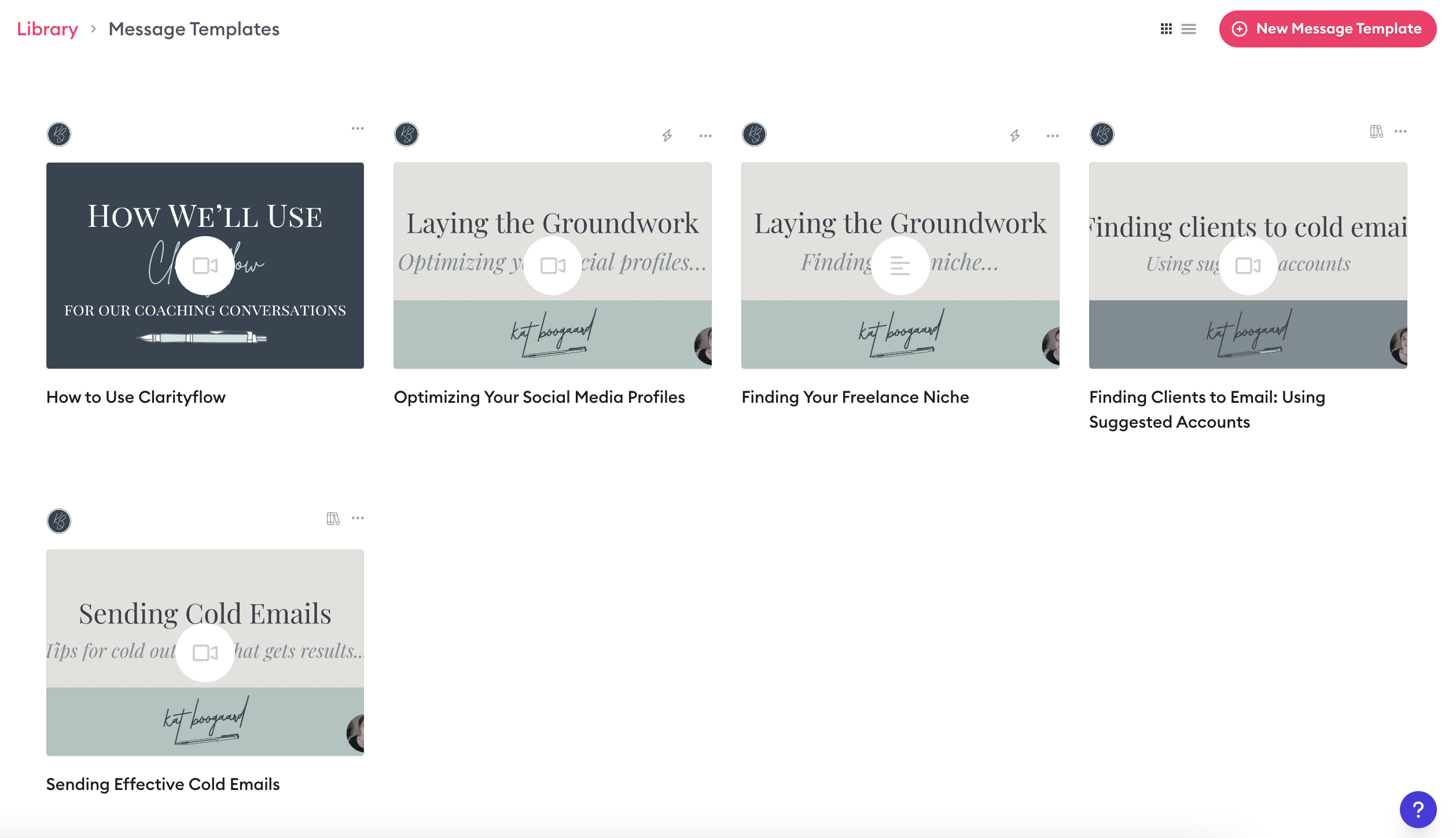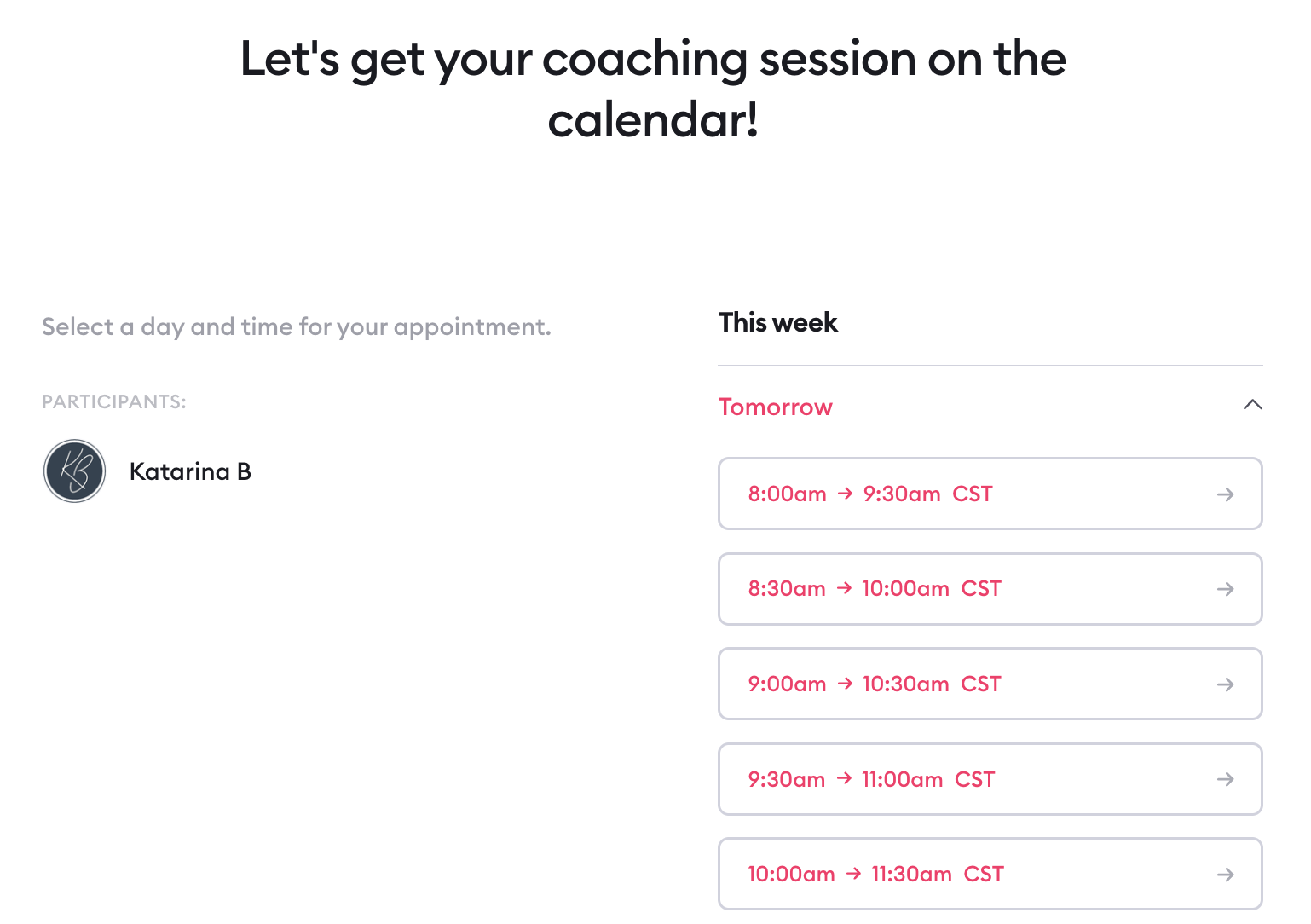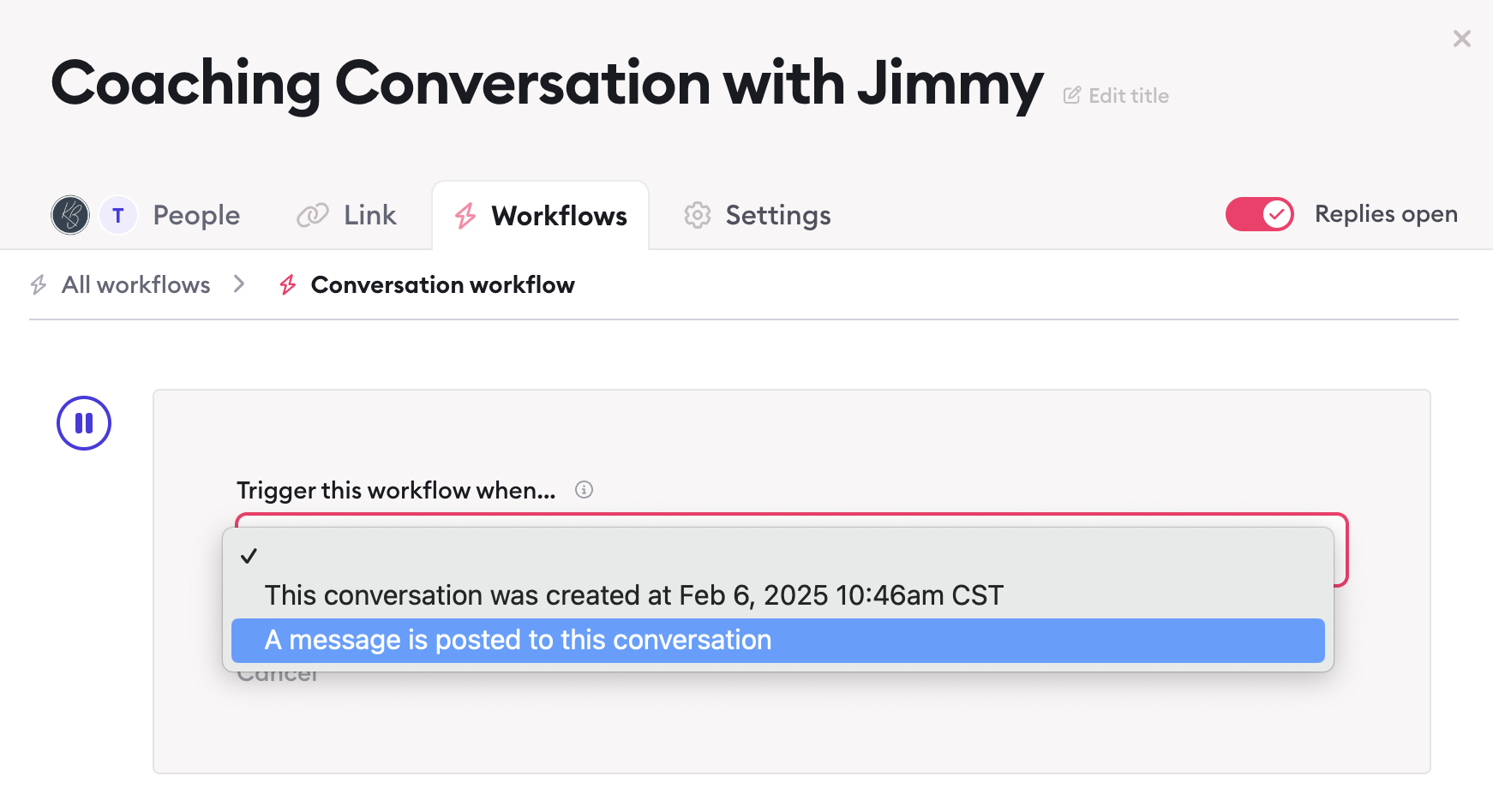5 Strategies to Save Time in Your Coaching Business

You’ve been coaching for a while and are proud of the business you’ve built. But, as nearly any coach will tell you, eventually you reach what feels like a ceiling on what you can earn.
Your income is closely intertwined with the time you put in. So, unless you’re going to raise your client rates or find a way to clone yourself, it’s easy to think there’s no way to scale your business (and, as a result, your earnings).
Here’s the good news: there are ways you can grow your coaching business without significant price hikes or cloning machines. And most of them come back to maximizing your most valuable resource: your time.
5 strategies to save time in your coaching business
You’ve heard the old saying about working smarter not harder. As trite as it seems, it holds some weight in your coaching business. The math is fairly simple:
More time = more clients = more money
But while the formula itself is straightforward, executing it is where things get a little sticky. Especially when you’re already busy and spread thin, it’s challenging to dedicate time to finding areas of your business you can optimize.
We did the legwork for you. Here are five ways you can save time (and earn more) in your coaching business.
1. Offer group coaching
One-on-one coaching has its advantages, but it can also be demanding on your calendar and your mental resources. That’s why many coaches incorporate group coaching — either in addition to or instead of their one-to-one offerings.
Group coaching is a one-to-many approach that allows you to command higher prices. Think about it this way: you could charge one client to move through your framework or curriculum. Or you could charge five clients to move through it together, all at the same time. The second option means you can multiply your revenue, without exponentially increasing your time and energy.
As an added bonus of group coaching, you can facilitate a community where your clients can lean on each other to offer advice and share experiences. In that way, you become more of the facilitator and curator — and less of the hands-on advisor that’s constantly at their beck and call.
Running coaching groups is simple with Claritiyflow Groups. Easily pull everybody into a shared space where they can consume your educational content, ask questions, and swap messages with each other.

2. Use async coaching to your advantage
Asynchronous (async) coaching is another powerful time-saver in your business. While there’s still a time and place for live coaching sessions, constantly packing your calendar full of client calls leaves little time for all of the other business tasks you need to take care of. Async coaching gives you more breathing room.
Not sure what async coaching is? It hinges on the difference between synchronous and asynchronous communication:
Synchronous: Communicating in real-time (e.g. a phone call)
Asynchronous: Communicating at separate times (e.g. an email)
With an async coaching model, your clients send you messages at a time that’s most convenient for them — and then you reply when it’s most convenient for you. There isn’t the expectation that you’re signed on and able to answer instantaneously.
This gives you the flexibility to structure your day and workload the way you want to, without needing to squeeze your other tasks and commitments in between live sessions.
Some coaches opt to do exclusively async coaching, while others use async coaching to maintain communication and momentum between live sessions.
In either case, finding a streamlined async communication platform (like Clarityflow) helps you keep communication flowing and organized, without wasting precious time searching for what you need in scattered email threads or random recordings.
3. Rely on templates
You already know that reinventing the wheel is a surefire way to waste time. With templates, you can share content, answers, or resources with a couple of clicks — rather than starting from scratch each and every time.
For example, as a coach, you might want to create templates for things like your:
Onboarding message(s)
Coaching agreement
Answers to frequently asked questions
Regular check-ins
Your Clarityflow Library is where you can store all of your reusable message templates or even thread templates (a series of related messages). If and when you want to use one of your templates, you can quickly and easily drop it into any Clarityflow conversation, course, or group.

Courses are another powerful way to templatize and systemize your approach to coaching. It’s tempting to think of a course as an entirely hands-off, self-paced option for your clients. But, in Clarityflow, a course is essentially a templated conversation.
For example, if you have a series of educational videos or resources you want to push a client through, you can set up that content as a course and use workflows to drip it out. Your clients can consume your course content and interact with you directly within their course enrollment conversation.
Put simply, you deliver your curriculum on autopilot — but still provide the thoughtful, personalized support your clients expect.
4. Set clear limits and expectations
The coaching industry isn’t immune to scope creep. Despite your best intentions, it’s easy for client engagements to start commanding more of your time and attention than you were prepared for.
Fortunately, there are strategic steps you can take to manage this, including:
Signing a coaching agreement: Having your clients sign a coaching agreement before you begin working together calls attention to important details and confirms your expectations are aligned.
Creating a detailed onboarding message: Whether you create a customized welcome video or a text-based resource (both of which can live in your Clarityflow Library 😉), this initial onboarding message can reiterate important details like when you’re available and how quickly clients can expect a response.
Setting recording limits: Async coaching is supposed to be a time-saver, but that’s not the case when your client repeatedly sends you 25-minute long recordings. In Clarityflow, you can limit the types of messages clients can send you and limit their recording length. It’s a small but impactful way to keep clients in check.
Take control of your calendar: You’re the boss of your calendar — your calendar is not the boss of you. Want a lunch break every day at noon? Block it in your calendar. Don’t want any client calls after 3pm? Limit that in your calendar too. Clarityflow Appointments makes it easy for you to control your availability and apply different availabilities to different appointment types.

5. Automate routine tasks
You know those tasks that are important yet tedious? Automating those repetitive or administrative to-do’s frees up a surprising amount of your time.
In Clarityflow, you can build workflows to run automations on your conversations. For example, automatically send email reminders to clients to let them know you’re waiting for a response. Or set up a sequence of messages to be pushed into your conversation on a schedule.

There are plenty of other possibilities with Clarityflow’s Zapier integration. You can easily connect Clarityflow to the other apps you use and love for streamlined workflows that give you more time to focus on what matters most: the meaningful work that serves your clients.
Your time is limited but your options aren’t
You got into coaching to help your clients — whether they’re learning, achieving, improving, healing, planning, or anything in between.
As fulfilling as the client work is, you’re also running a business. And, as a result, growth and profitability are (understandably) top of mind.
When you’ve built your business on personal interaction, it’s easy to feel like your growth and your earnings are limited by your time. But that doesn’t need to be the case. Put the above strategies to work and you won’t just minimize your time — you’ll maximize your impact.



